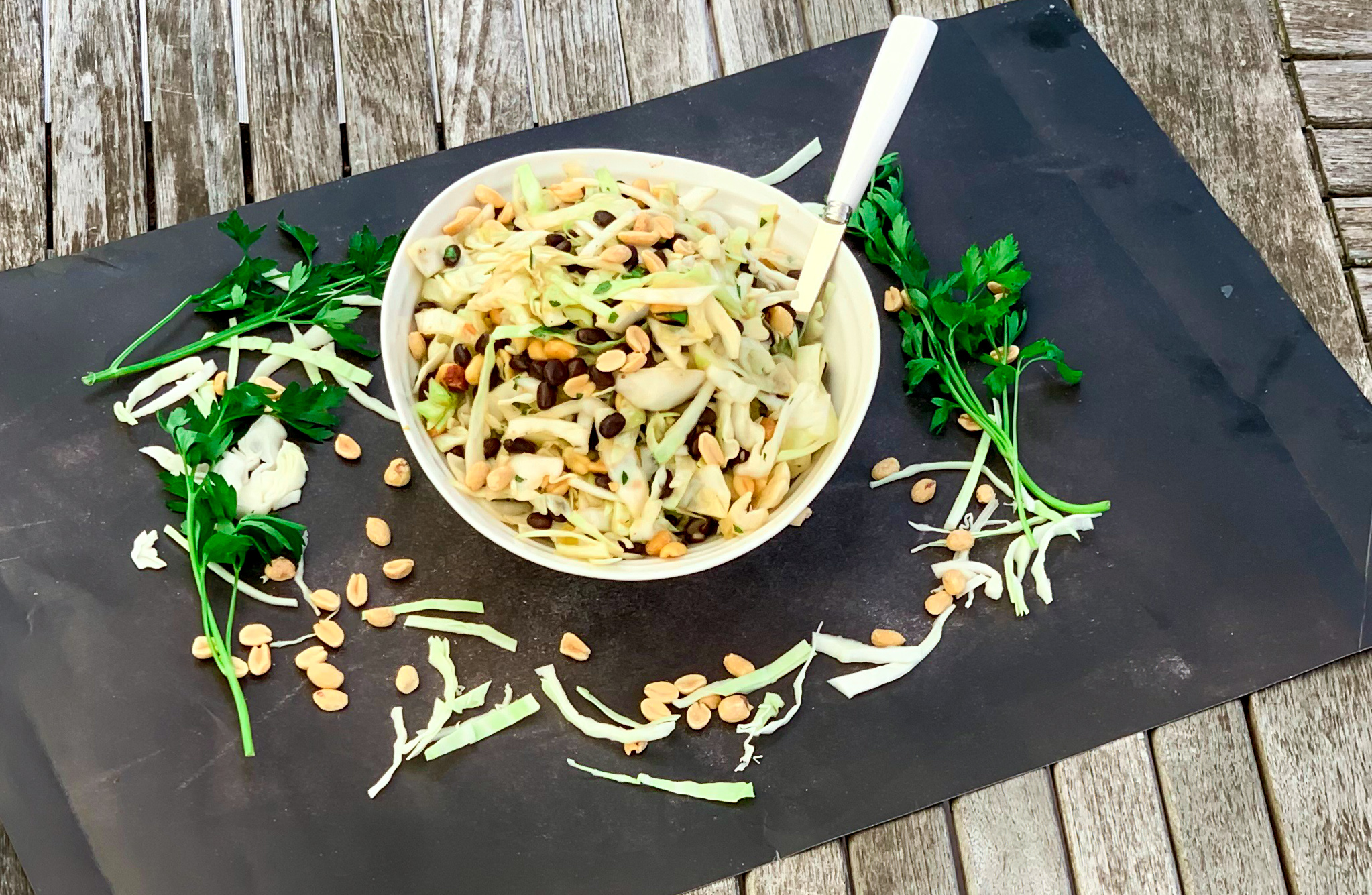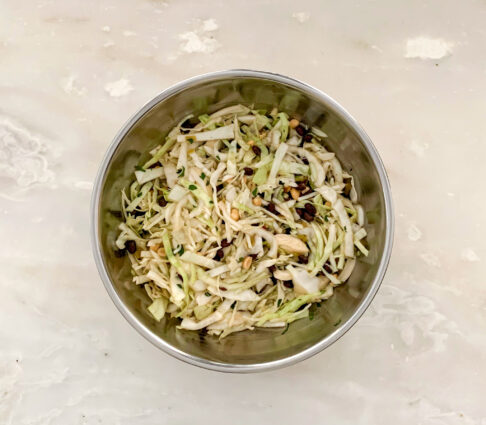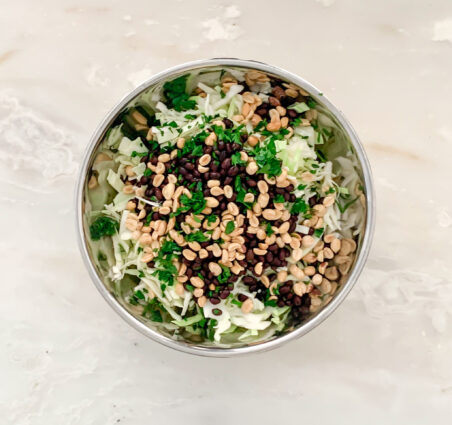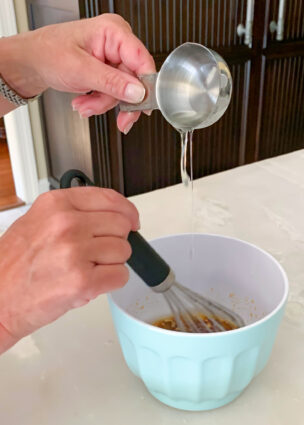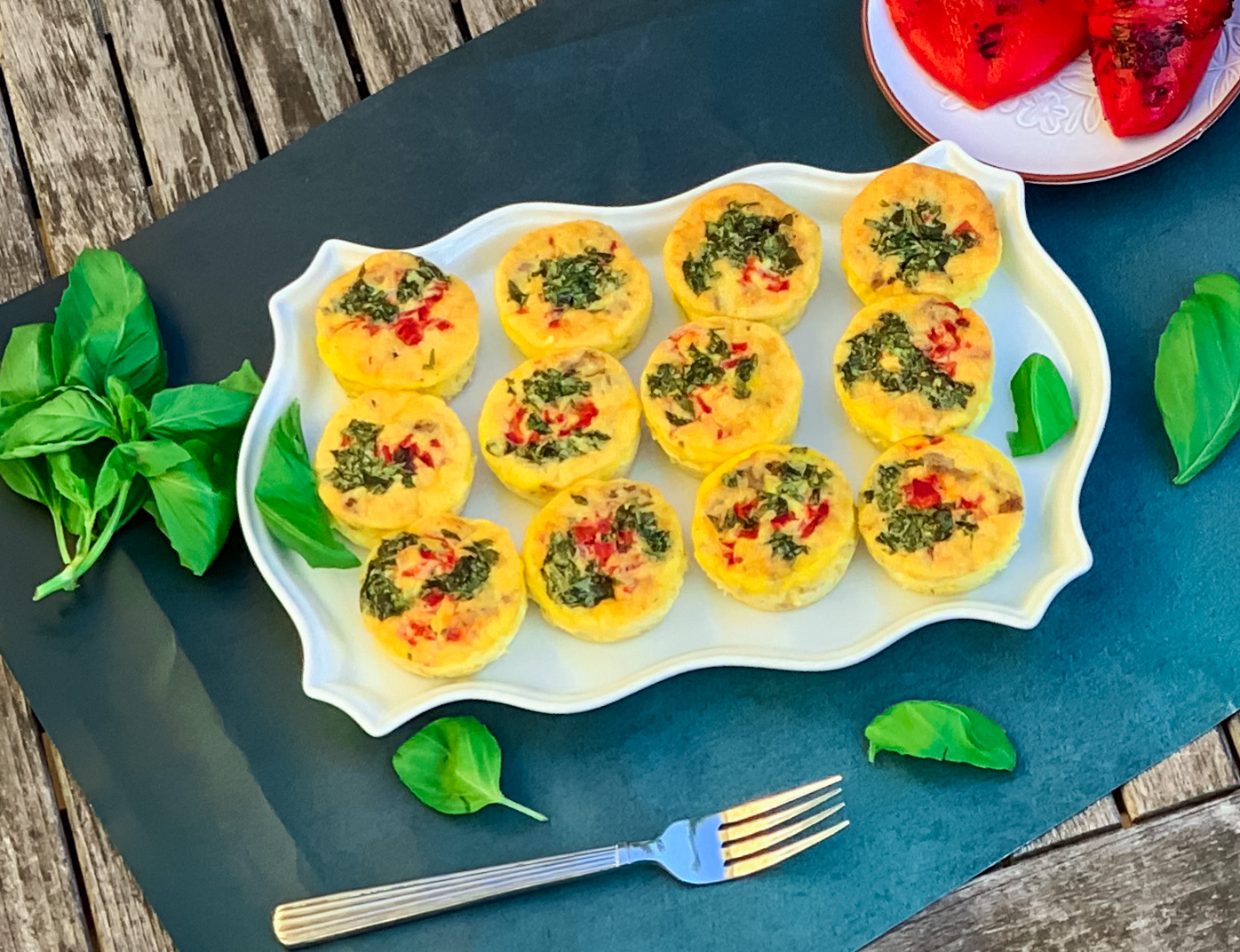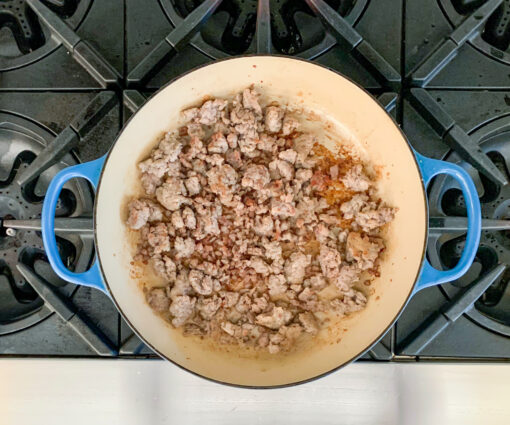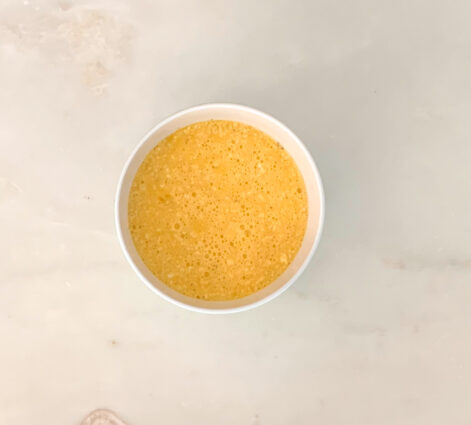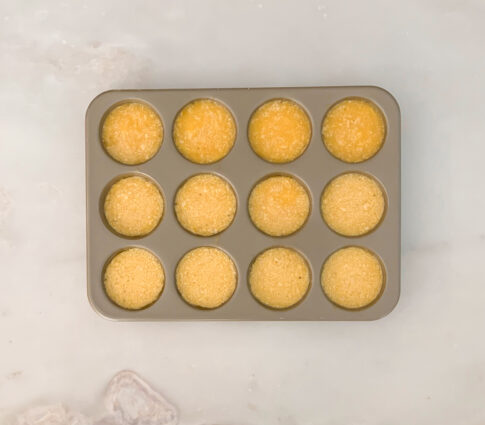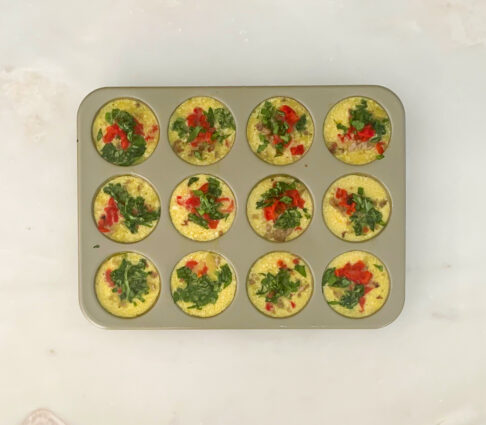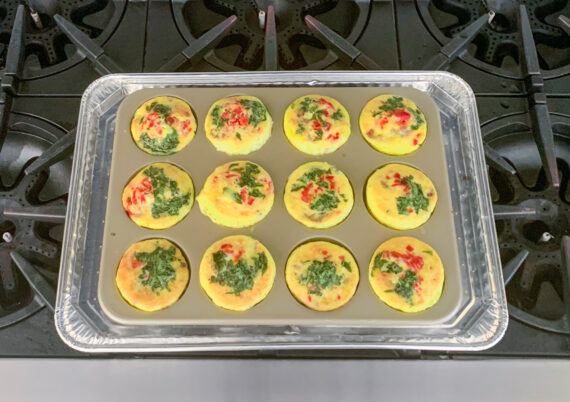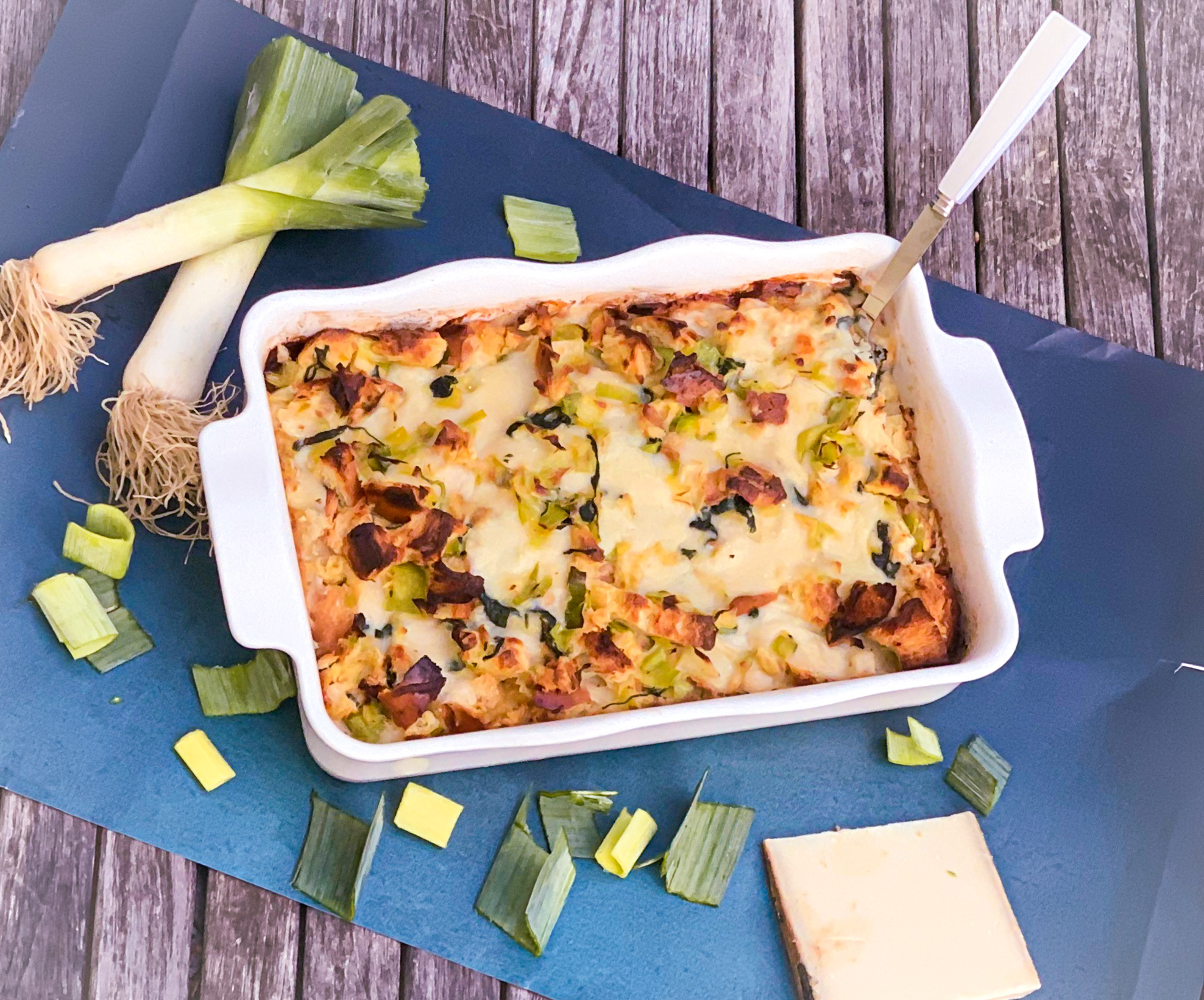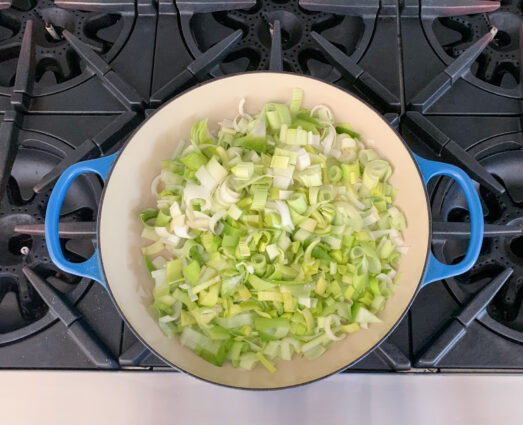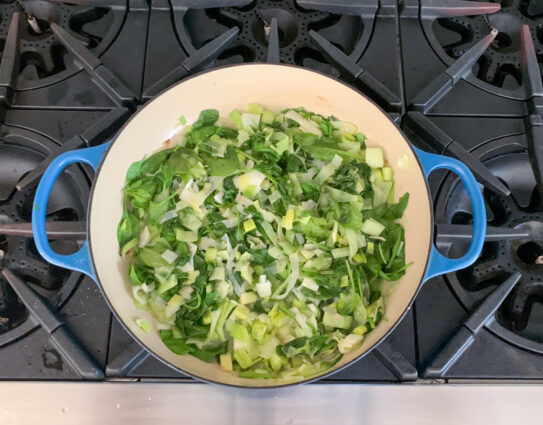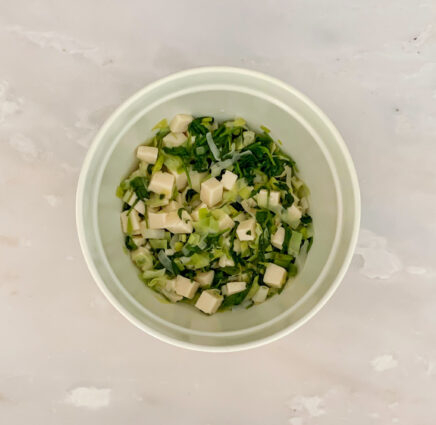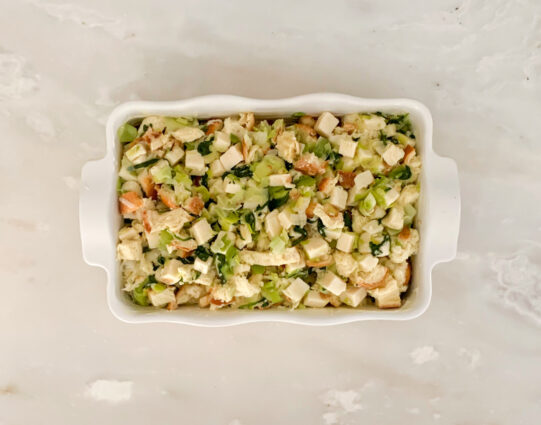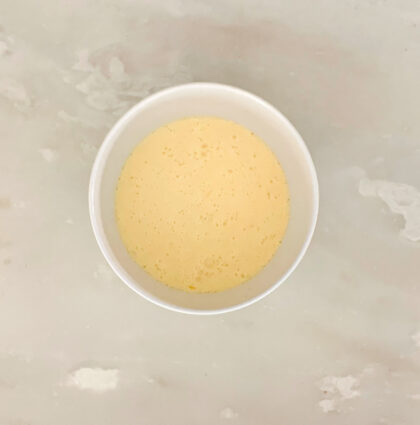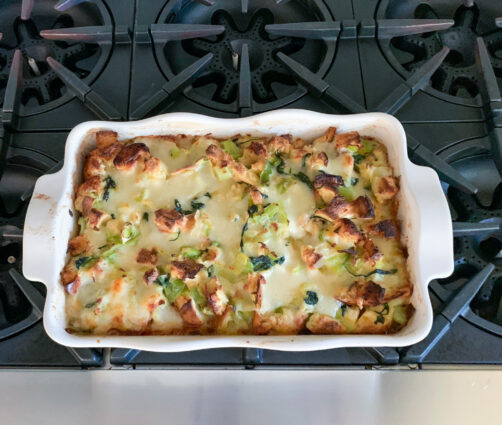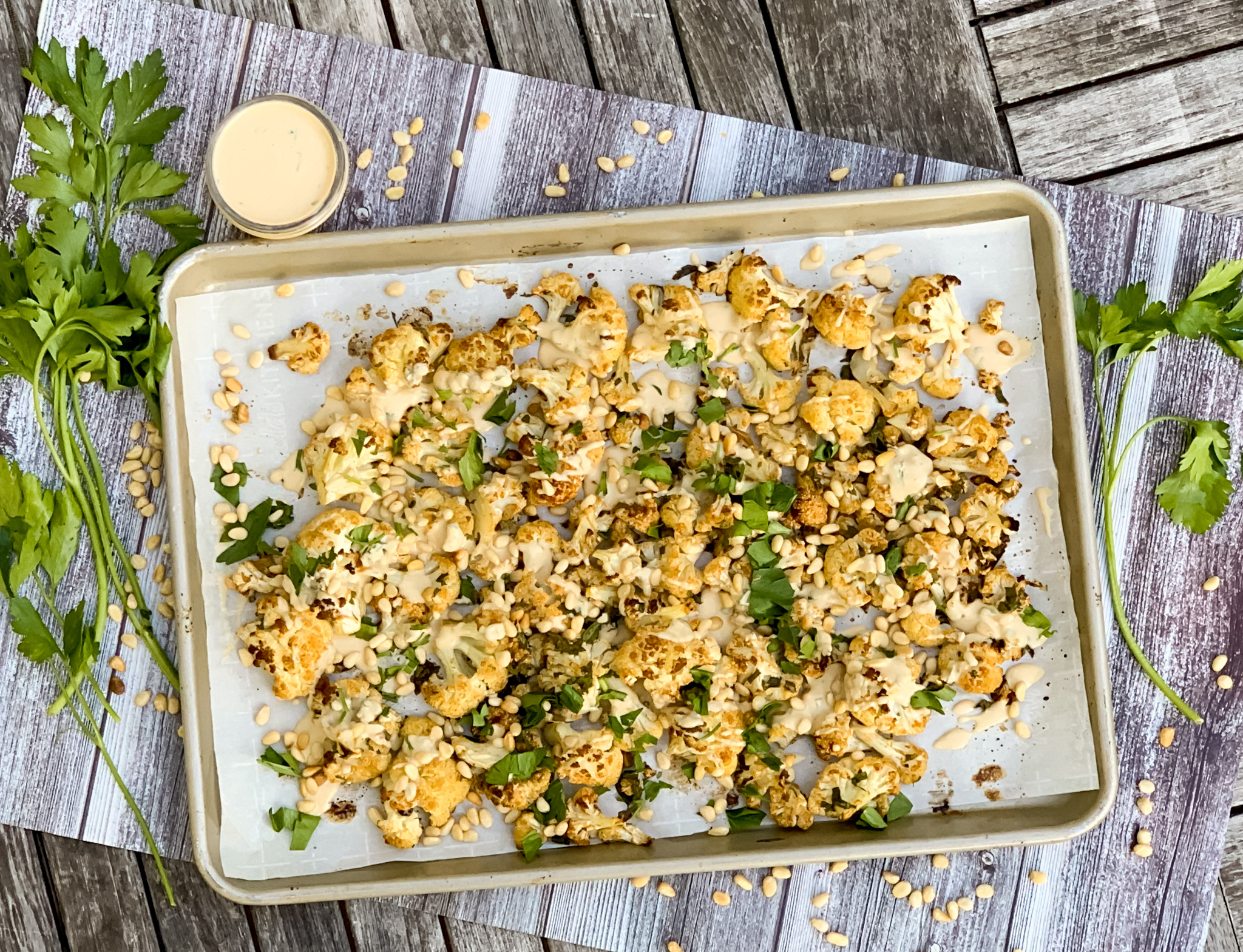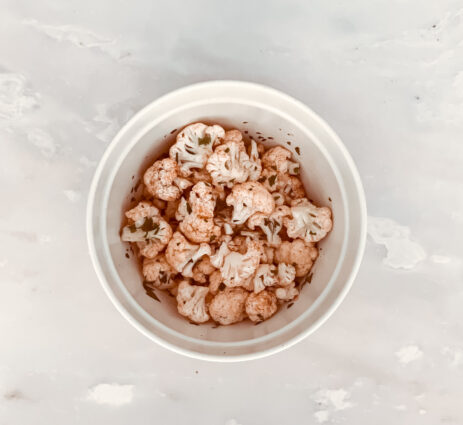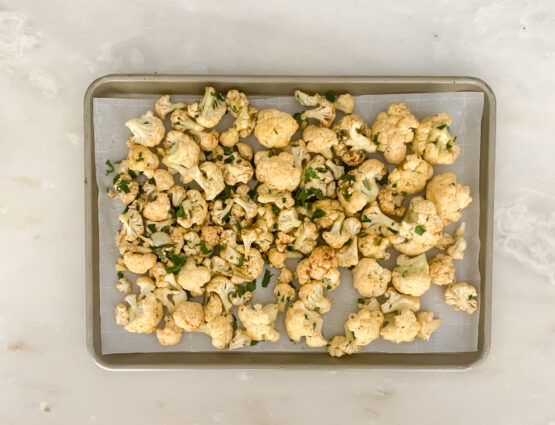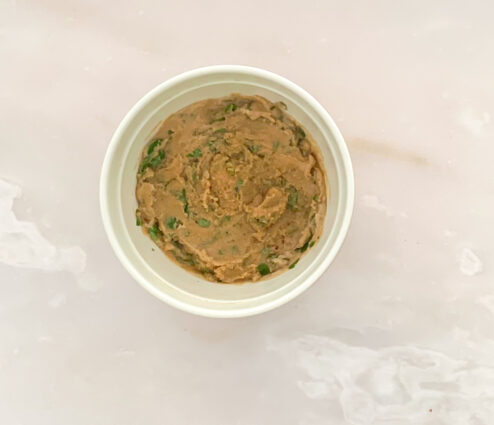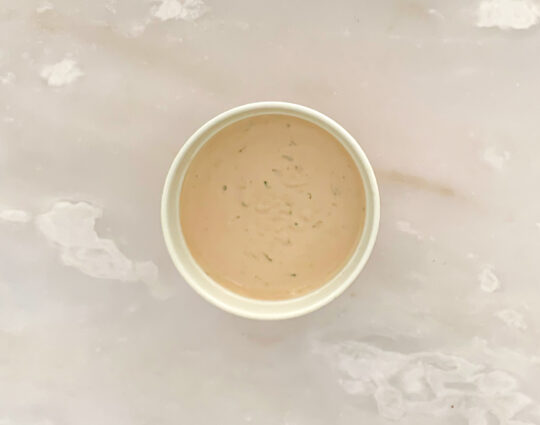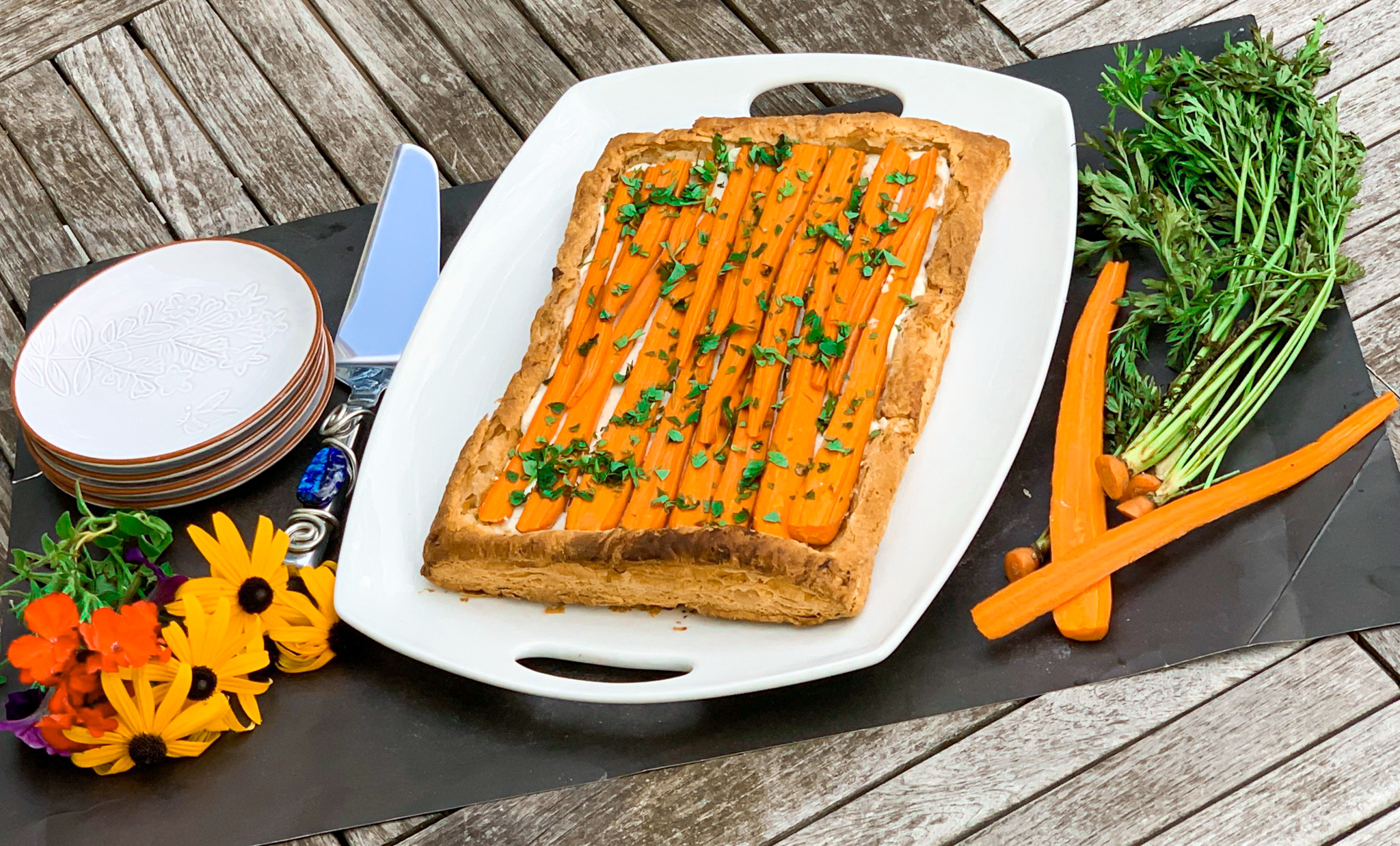
I definitely have a thing for tarts. A tart is a pastry base with a delicious filling and an open top. Most tarts are thought to have come from a tradition of layering food, or Medieval pie making. The tart filling may be savory or sweet, although nowadays it can be filled with a fruit base or pudding base as well. This particular recipe has a lovely cheese filling.
Tarts originated in Medieval France and Great Britain, where they were presented as a flat open-faced pie. Originally, tarts were made with meat fillings which later transformed to sweet tarts and filling tarts which had fruit and custard. The dough is made of flour and thick filling with perpendicular sides. Tarts were considered to be extravagant cuisine, and were most often prepared by cooks to look and taste beautiful. The open pastry base provided a broad canvas on which a creative chef could compose a work of art. Thus brightly-colored fruits, vegetables, and spices all found their way into (onto) them. They could be sweet, savory, or more often than not, a mixture of both.
One of the most popular tarts is a tart tatin, which is an upside-down tart, of apples, other fruit, or onions. Quiches are technically tarts too, including the German ‘onion tart’, and Swiss cheese tart made from Gruyere. Despite these two lovely preparations, the French are still considered to be the master of the tart. With many traditional recipes stemming from the country, from the quiche to the onion tart, to the “French apple” tart to the tarte tatin. Citrus tarts are still considered the most classic European version, but as our culinary palettes have grown, tarts can be filled with anything.
This tart is no different. The carrots are beautiful and so sweet when roasted and caramelized. The garlic adds the savory and just a little bit of heat. The cheeses combine elegantly together and provide a delightful base that further enhances the flavor of the carrots. The parsley tops it off with lovely color and complementary taste.
This recipe is courtesy of New York Times Cooking and will serve 8 people who will love this beautiful savory tart.
Ingredients for Carrot Tart with Ricotta and Feta:
Flour, for rolling out dough
1 (14-ounce) package frozen puff pastry, thawed
1 pound multicolored carrots, scrubbed and sliced lengthwise into 1/4-inch-thick pieces
1 tablespoon extra-virgin olive oil, plus more for serving
Kosher salt and black pepper
8 ounces ricotta
4 ounces feta, crumbled
1 garlic clove, grated
Chopped fresh parsley, chervil or chives, for garnish
Heat oven to 425 degrees.
On a lightly floured surface, roll puff pastry into a 10-by-14-inch rectangle.
Using a paring knife, lightly score a border around the perimeter of the puff pastry about a 1/4-inch away from the edges.
Place puff pastry on a parchment-lined baking sheet and prick the pastry inside the border using a fork to prevent puffing in the center.
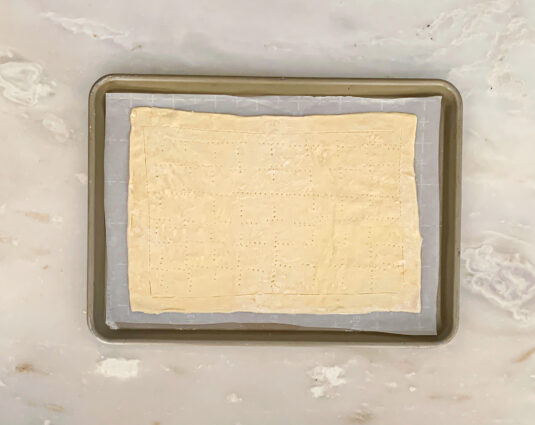
Bake on top rack until puff pastry is lightly golden, about 20 minutes.
Remove from the oven and let cool slightly.
Meanwhile, toss carrots with 1 tablespoon oil, season generously with salt and pepper and spread into a single layer on a baking sheet.
Roast carrots on the bottom rack (underneath the puff pastry) until the edges are golden brown and carrots are still crisp-tender, 15 to 20 minutes.
While puff pastry and carrots are in the oven, blend ricotta, feta and garlic in a food processor until smooth.
Season with salt and pepper.
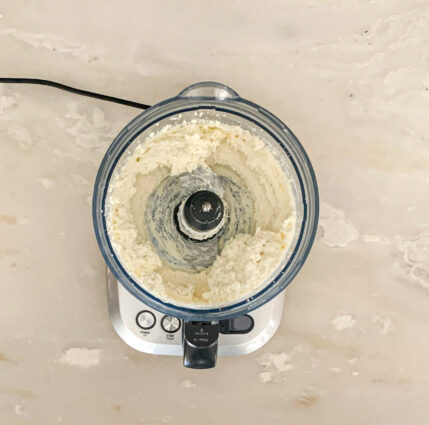
Spread the cheese mixture onto the puff pastry up to the border and arrange the carrots in a single layer on top.
(I found the cheese mixture hard to spread, so I used some good olive oil on my spatula, and it spread much easier.)
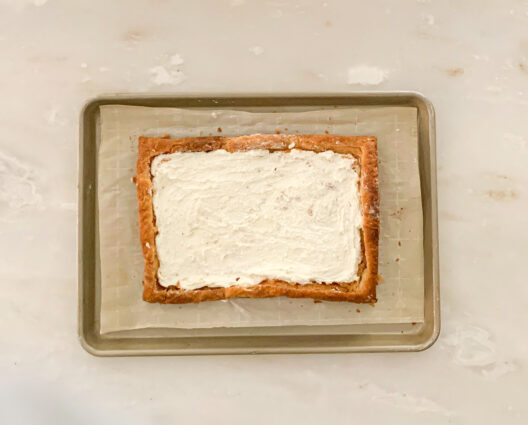
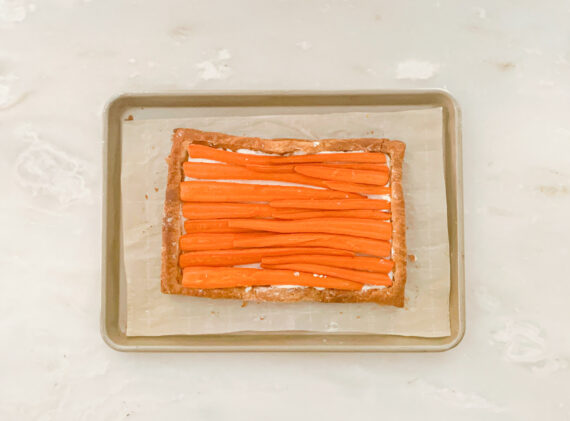
Bake until the carrots are tender and the edges of the cheese mixture are golden brown, 15 to 20 minutes.
Drizzle with olive oil and sprinkle with herbs before serving.
It’s that simple!
